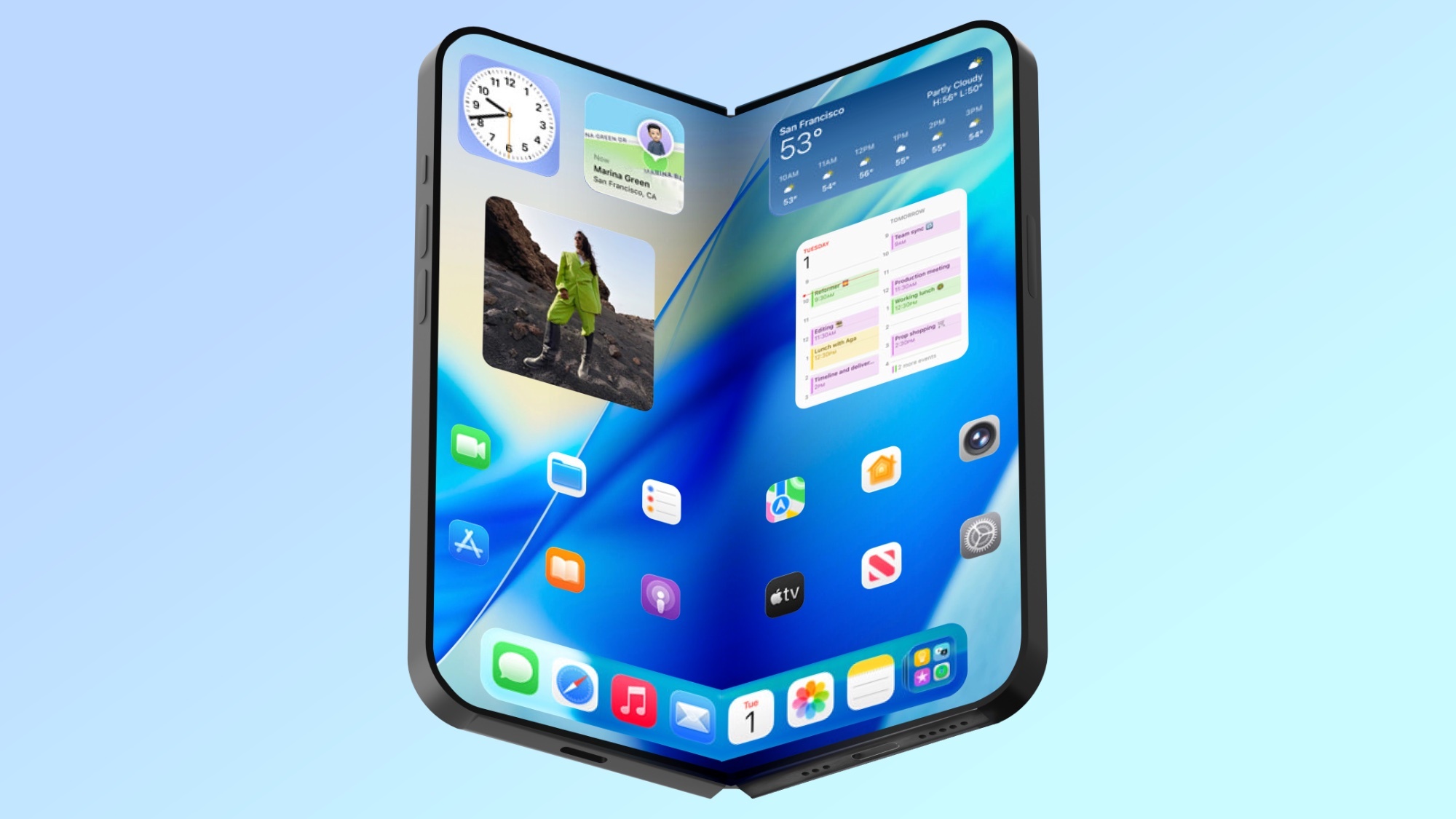I review drones for a living — here are 5 things to consider when buying one
From battery life to resolution and everything in between
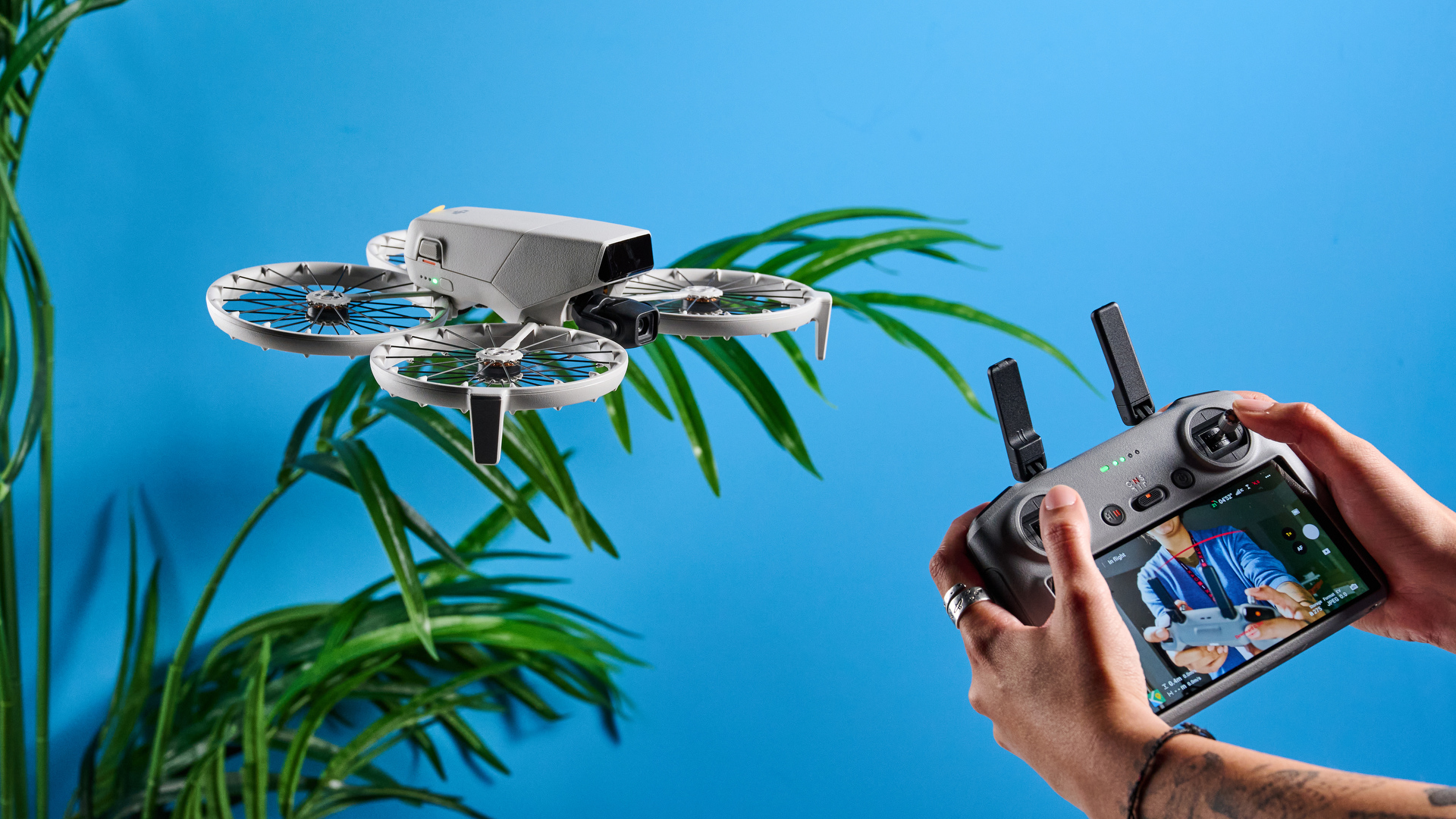
The best drones come in all shapes and sizes — from heavy models that weigh over 2 pounds to really light ones that weigh less than 8 ounces.
I test drones for a living and put them through rigorous testing to determine whether they're good value for money. I've reviewed some fantastic quadcopters from DJI, HoverAir and Potensic — each with its own unique selling points.
If you're on the hunt for a drone and buying for the first time, it can feel overwhelming at first. Drone technology has come a long way, and today, there's one for every purpose and everyone — whether you're a professional or a hobbyist.
Since flying drones is one of my favorite hobbies (and my job), I thought I'd take you through the five things you need to consider before dropping your hard-earned money on a drone.
1. Intended purpose and use
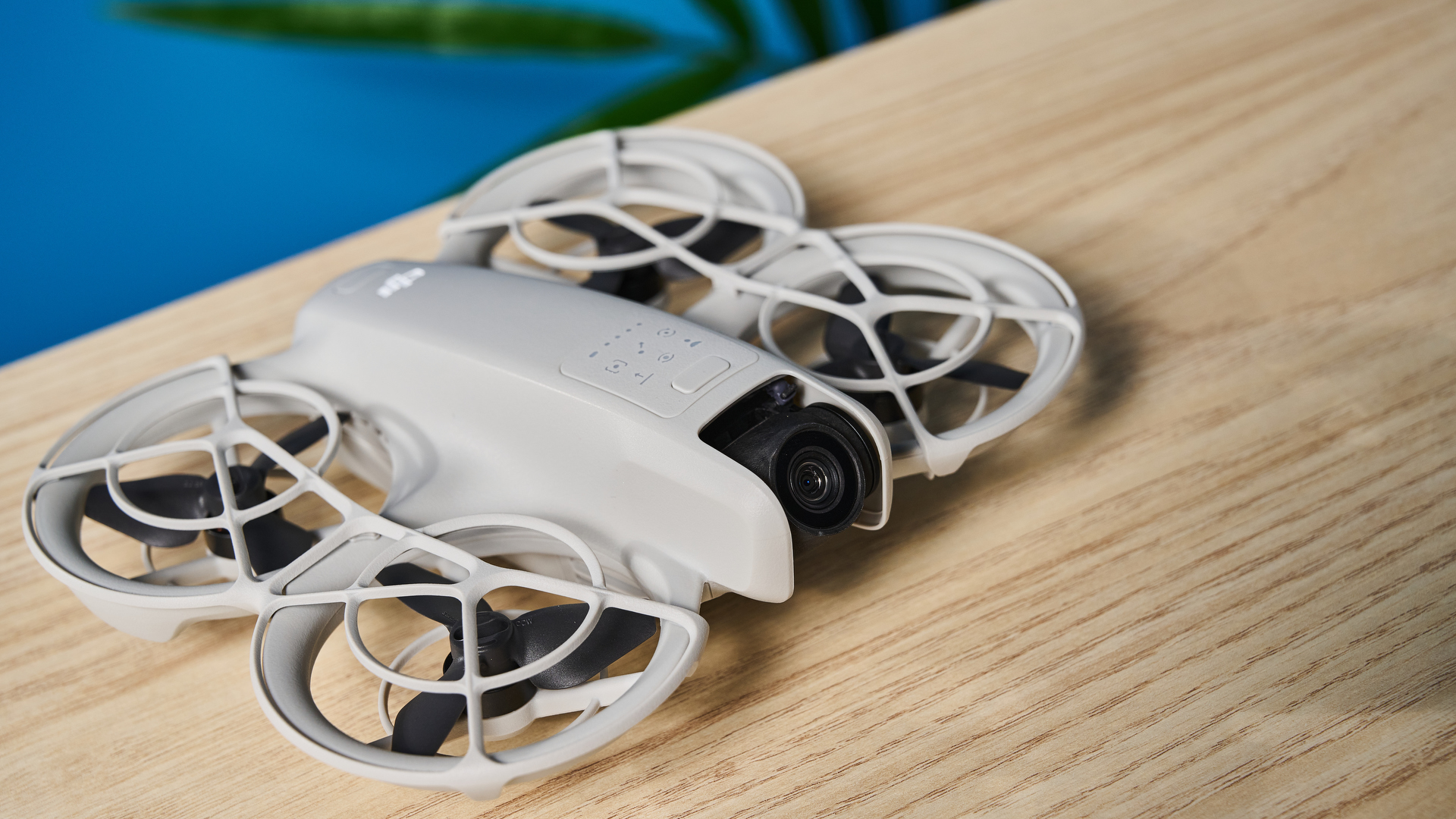
I'm going to keep the first tip short and sweet. The most important question you need to ask yourself is a simple one: "What do I need the drone for?" Answering this question will help determine not just the purpose of the drone, but your budget as well.
See, if you're getting a drone just for fun, you won't need to spend thousands of dollars. But if you're getting it for professional work, you'll need to extend your budget by a lot. There are many different drones available — ones specifically designed for selfies, mini drones, drones for prosumers, the list goes on.
2. Safety features

Many drones today come equipped with safety features that help instill more confidence in pilots, both new and old. Return to Home (RTH) is one such feature, and most drones have it. Basically, you can hit a button on your controller or smartphone and it'll make the drone to return to its last known take-off point. Drones like the DJI Flip also automatically return to home when their battery is low.
Get instant access to breaking news, the hottest reviews, great deals and helpful tips.
Another feature to think about is obstacle avoidance. The pricier your drone, the more adept it as at avoiding obstacles. Some drones, like the DJI Mavic 4 Pro, feature omnidirectional collision avoidance thanks to the multiple sensors on their body. This, essentially, means that the drone will either brake or swerve to avoid obstacles in its path or around it.
But this technology is expensive. Cheaper drones, like the HoverAir X1 Pro, feature either front- or rear-facing obstacle sensors only, making them trickier to fly in complex environments. However, having unidirectional obstacle avoidance is better than having none (the DJI Neo doesn't have any).
3. Cameras and resolution
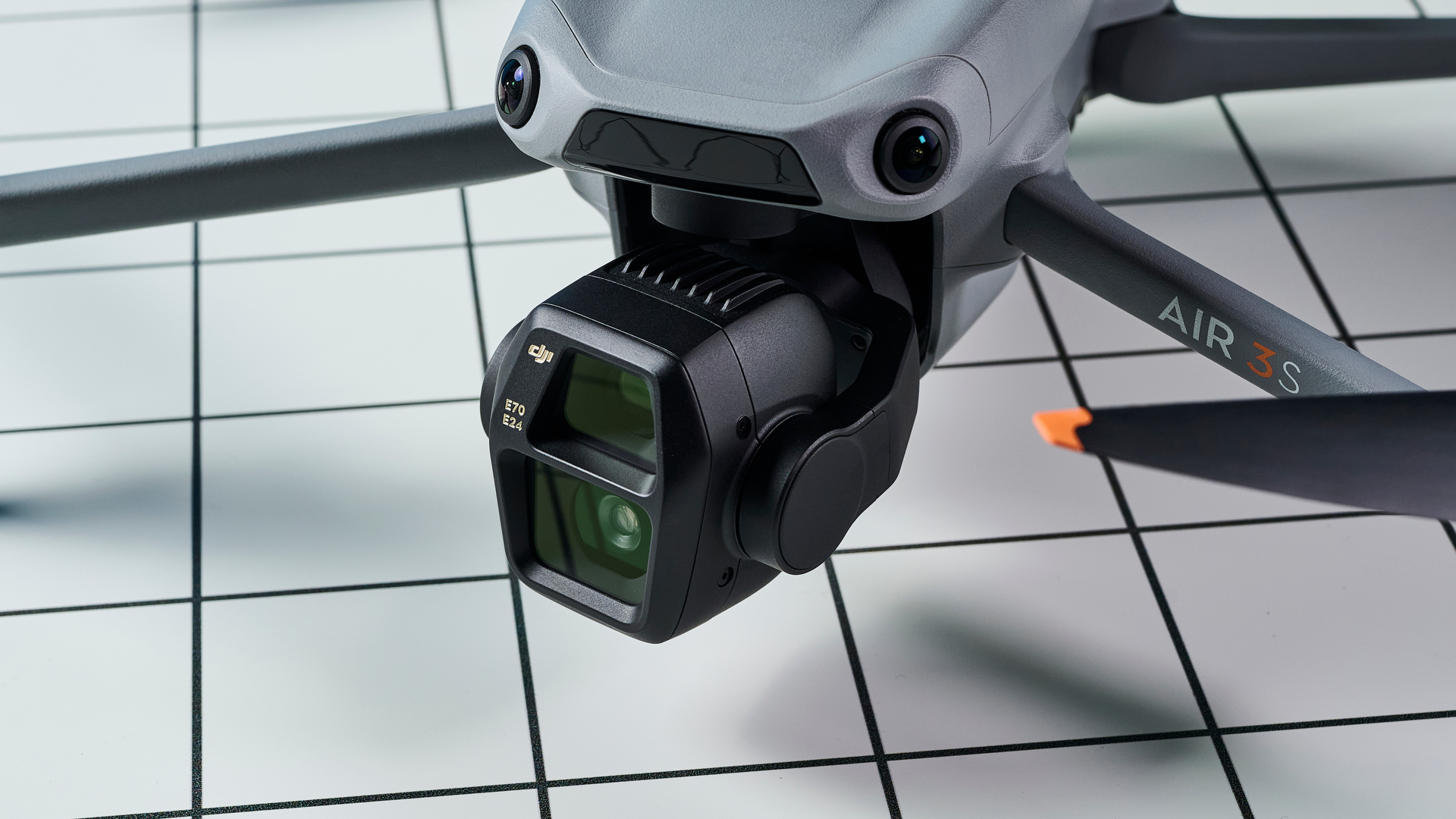
How many cameras is too many? Depends on who you ask — or the drone you get. There are many single-camera drones out there, such as the DJI Neo which takes 12MP images and 4K/30fps video only. Then there are dual camera drones, like the DJI Air 3S which captures either 50MP (wide-angle) or 48MP (tele) photos and 4K/60fps footage. And then you've got triple camera drones, like the DJI Mavic 4 Pro which has a 100MP Hasselblad camera, a 50MP tele and a 48MP medium-tele camera.
For most casual pilots, a single camera drone will more than suffice. Because many drones feature intelligent flight modes (where the drone flies autonomously, records short-form video and returns to its take-off position), you can still have a lot of fun with just one camera.
Dual- and triple-camera drones offer versatility and can help take photos from different angles and at various zooms, but they aren't necessary for everyone. Again, consider your budget and purpose before frivolously spending more money than you originally intended.
4. Battery life
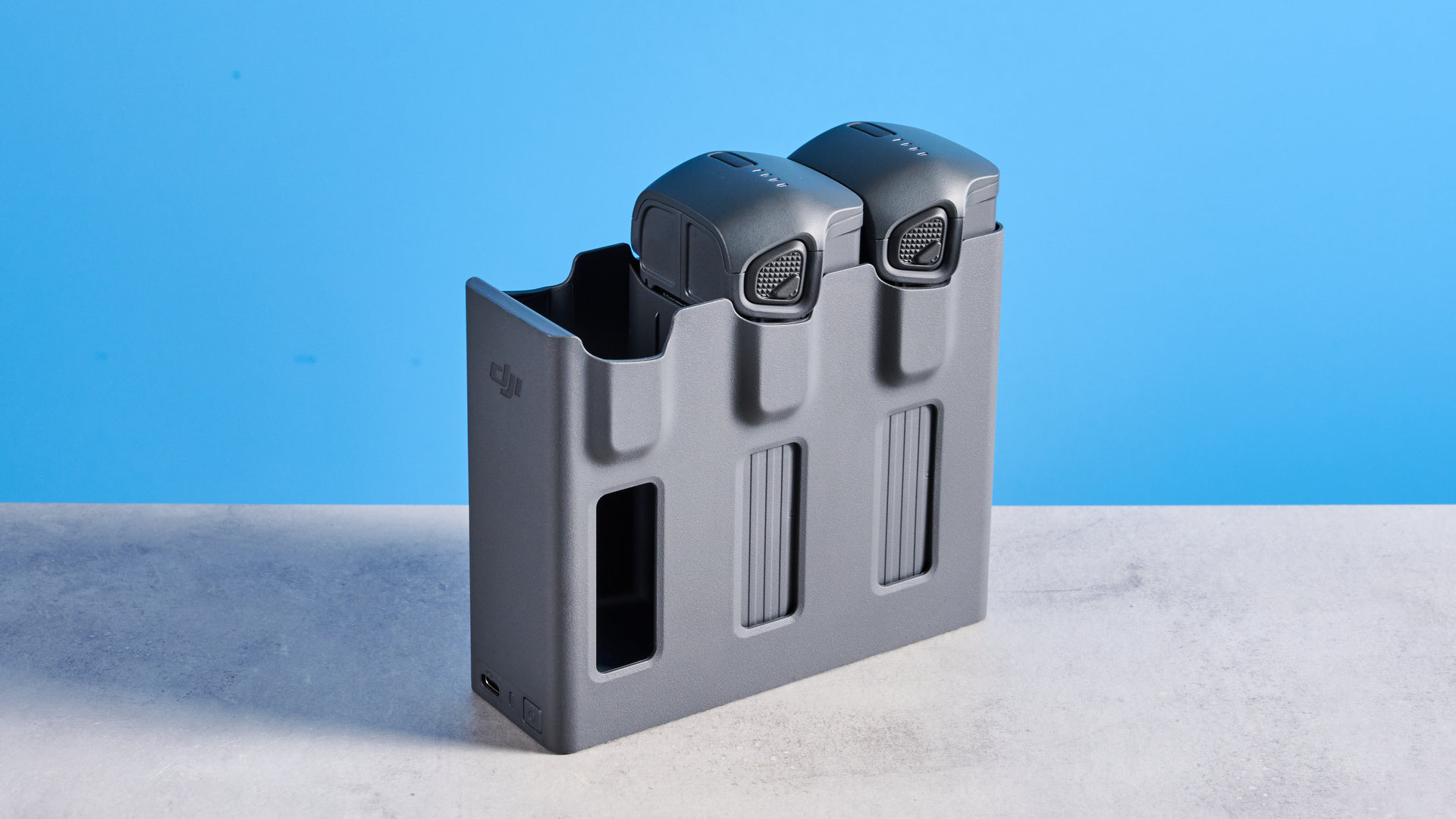
Battery life is another important consideration, and it ties into the first point I made up top: how long you want a drone to last will depend on its intended purpose and your budget. Of course, we all want to keep flying our quadcopters forever and never worry about running out of juice, but that isn't the reality.
Smaller drones, like the DJI Neo (18 minutes) and the HoverAir X1 ProMax (16 minutes), don't last nearly as long as bigger ones, like the DJI Mavic 4 Pro (51 minutes) and the DJI Air 3S (46 minutes). You've also got drones that fall in the middle, such as the Potensic Atom 2 (32 minutes) and the DJI Flip (31 minutes).
If you're getting a drone just for taking selfies and very casual videography, you'll be fine with a single charge lasting under 20 minutes, but I'd recommend spending a little extra on a drone that lasts at least (or over) 30 minutes if you want to fly high or far.
Many drones also come as bundles which cost extra but give you additional batteries, so you can swap dead ones for fresh ones when you're out in the field. Often, these can be bought separately too, so don't fret too much if you don't get them when you buy the drone.
5. Weight restrictions
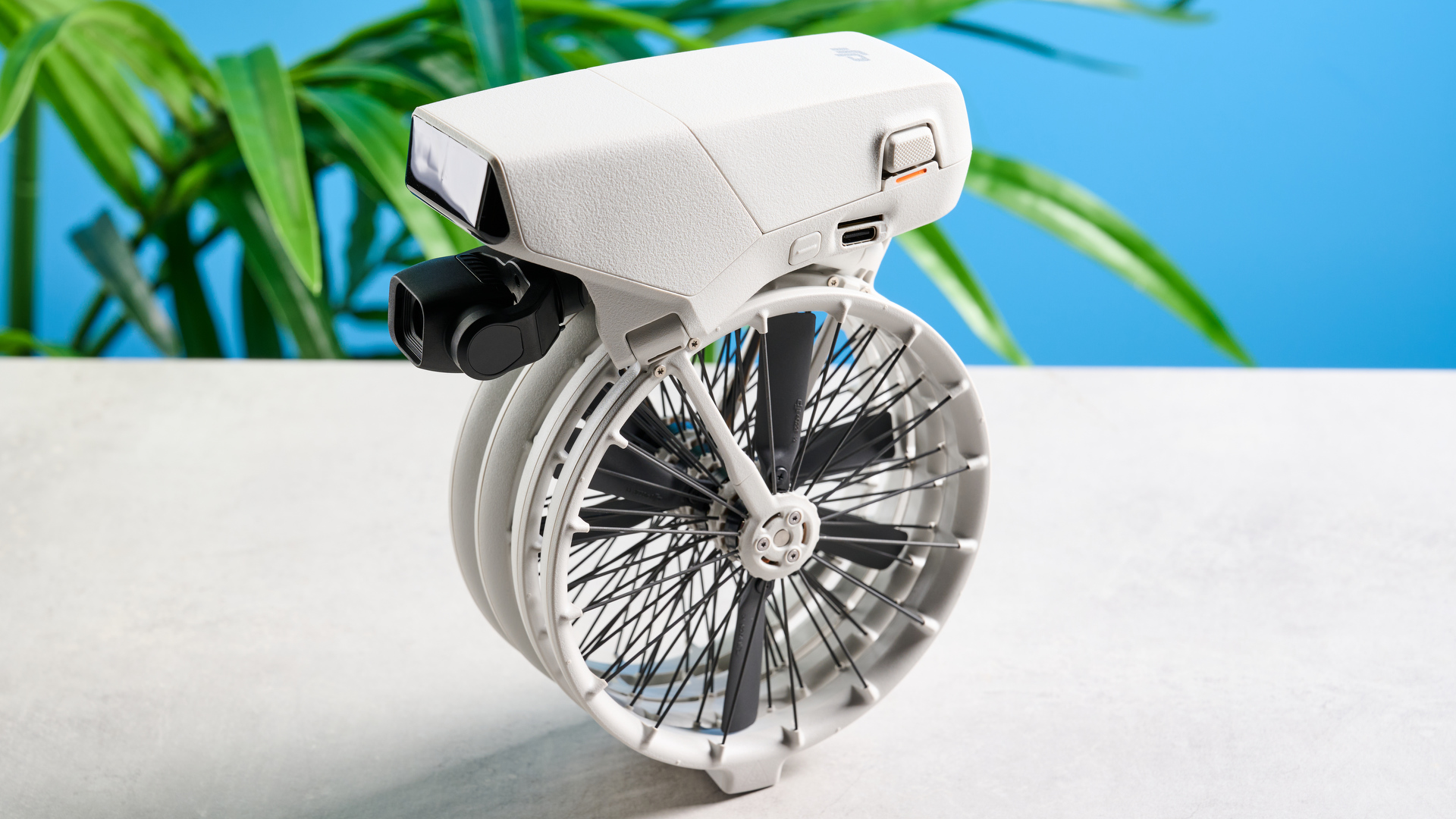
Last but not least, remember that various laws apply to drones depending on their weight class, and this true for almost every part of the world. You'll need to register your drone with a specific organization depending on the country you're flying in, and you usually need to undertake a test to prove you're a capable pilot.
If the drone weighs less than 249g (8.78oz), you don't necessarily need to register with the F.A.A. in the U.S. or the C.A.A. in the U.K. Sub-249g drones include ones like the DJI Neo, the DJI Flip, the Potensic Atom 2, and the HoverAir X1 Pro, to name a few.
If you're flying a heavier drone, one that weighs over 249g, you need register with the aforementioned organizations.
When I registered to become a drone pilot in the U.K., I had to take a flying test to obtain a Flyer ID and an Operator ID (which costs £11) from the C.A.A. This applies to drones like the DJI Air 3S, the DJI Mavic 4 Pro, and (the very high-end, cinematography-oriented) DJI Inspire 3.
In the U.S., the laws are a bit less stringent if you want to fly a drone casually, but you must take and pass a free online test.
And there you have it. These are the five things you need to consider when buying a drone: intended purpose, safety features, cameras and resolution, battery life, and weight restrictions. Is there anything else you gave a lot of thought to before buying your first (or second or third) drone? Let me know in the comments below!
Follow Tom's Guide on Google News to get our up-to-date news, how-tos, and reviews in your feeds. Make sure to click the Follow button.
More from Tom's Guide
- I’m a licensed drone pilot and I’ve spent 600 hours testing the best drones — here are my top picks
- I just tested this new DJI drone that combines aerial and mirrorless camera prowess — and I can’t get enough of it
- DJI better watch out! Insta360 just launched a 360-degree drone brand — here’s everything I can tell you so far

Nikita is a Senior Writer on the Reviews team at Tom's Guide. She's a lifelong gaming and photography enthusiast, always on the lookout for the latest tech. Having worked as a Sub Editor and Writer for Canon EMEA, she has interviewed photographers from all over the world and working in different genres. When she’s not working, Nikita can usually be found sinking hours into RPGs on her PS5, flying a drone (she's a licensed drone pilot), at a concert, or watching F1. Her work has appeared in several publications including Motor Sport Magazine, NME, Marriott Bonvoy, The Independent, and Metro. You can follow her photography account on Instagram here.
You must confirm your public display name before commenting
Please logout and then login again, you will then be prompted to enter your display name.
